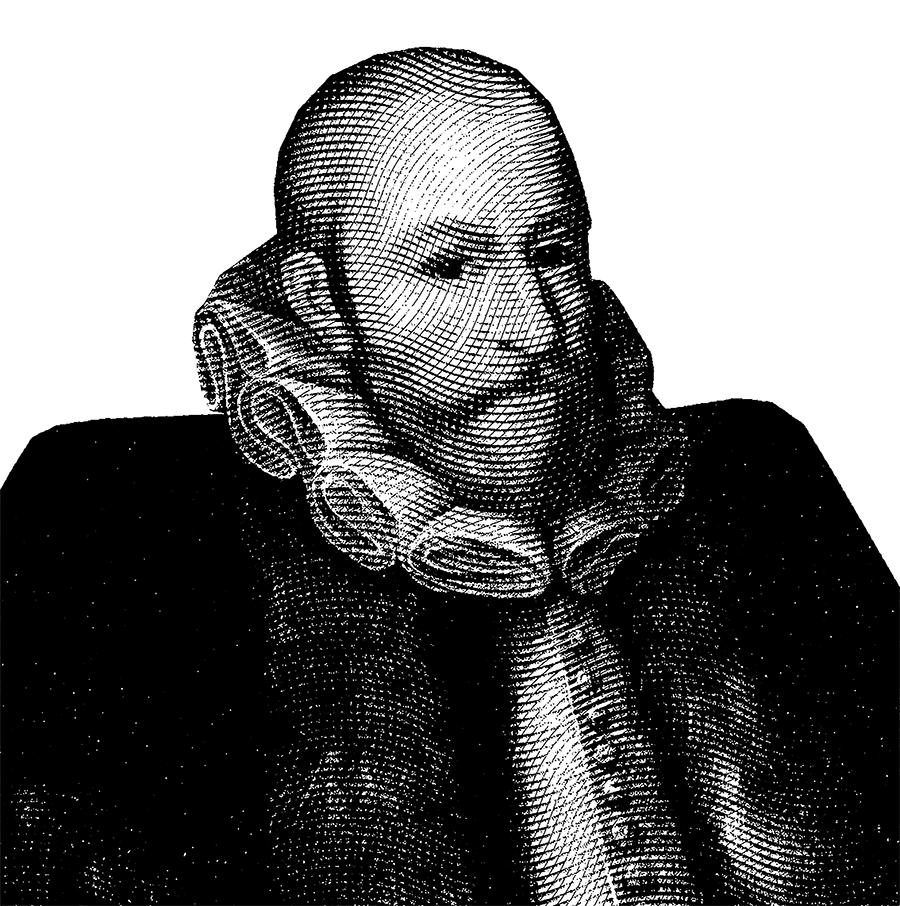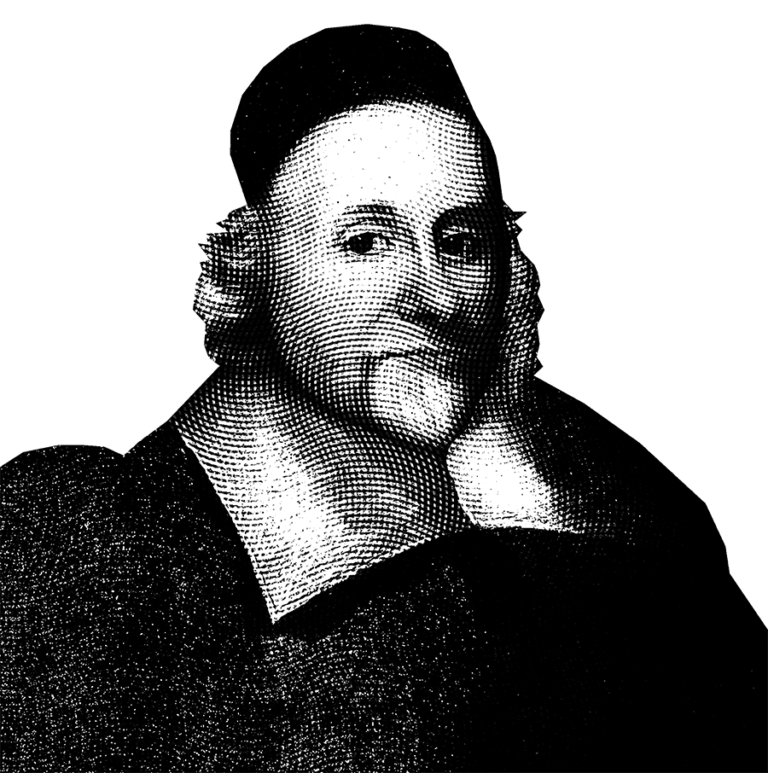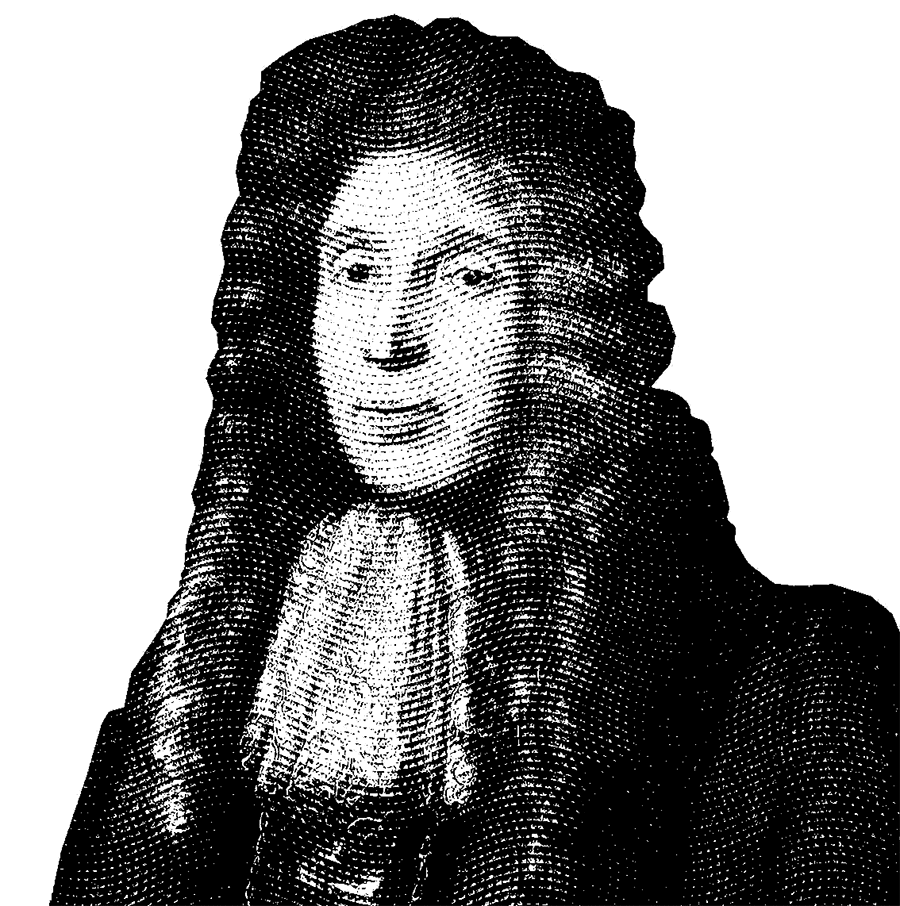01
Bunbury School
Thomas Aldersey was born in Bunbury, Cheshire in 1521. His father, John Aldersey of Aldersey Hall, was a landowner from Spurstow, Cheshire. Several members of the extended Aldersey family had become prominent in Chester through the 16th Century. Thomas Aldersey was the second of several sons of his parents. He was educated in Bunbury himself, possibly at a ‘school’ held in what is now the Chantry House in the town.
Due to his father’s social aspirations, Aldersey was apprenticed to the London merchant Thomas Bingham in 1541, and he was clothed with the livery of the Worshipful Company of Haberdashers on 13th July 1548. On joining the Company Thomas became a close friend of William Jones, who was to become another educational benefactor of the Company.
Aldersey was a puritan by faith. He was also an English merchant, a Haberdasher Company Liveryman, Member of Parliament and a philanthropist. A contemporary description of him placed him among the “wisest and best merchants in London”, and he was particularly renowned amongst his protestant peers for his efforts to set the ‘puritan’ emigre colony of Emden in Germany on a secure trade footing.
Aldersey’s principal charitable work for the Haberdashers’ Company was the establishment of a free grammar school at his birthplace of Bunbury in 1575 which was incorporated on 2nd January 1594 as The Free Grammar School of Thomas Aldersey in Bunbury. It is now a primary school, Bunbury Aldersey School. It is difficult to be exact as records are incomplete, but it is estimated that some 7,000 pupils in Cheshire have received the benefit of a Haberdashers’ education.
In addition to his educational initiatives, he endowed a preacher and a curate in Bunbury, which became the first ecclesiastical living to come under the control of the Company.
More broadly, it is noteworthy that Aldersey had nurtured a long standing interest in educational charitable work, serving as one of the City of London’s collectors for donations to poor scholars located within Oxford and Cambridge Universities in the 1570s.
02
Haberdashers’ Monmouth School
William Jones was born in 1545 in Newland in the Forest of Dean, a few miles from Monmouth in South Wales. He was a member of both the Company of Merchant Adventurers and the Haberdashers’ Company.
For the greater part of his working life Jones traded in wool and linen in Germany, particularly in Hamburg and in Stade, which is some 20 miles north-west of Hamburg on the River Elbe. His business acumen must have been considerable because when he died in 1615 in Hamburg, where he spent the last two years of his life, he was described by the city’s Lord Mayor as the richest merchant among those trading there; and this was at a time when Hamburg was the biggest city in Germany.
Jones was a man of strong Puritan convictions. In his will drawn up in 1614 he left money for the poor and orphans in Germany, for the setting up of almshouses in Newland and for both almshouses and a school to be established in Monmouth. Monmouth was chosen as the site for a school because it was partly to combat Catholic adherences there which were very strong in the area.
As well as allocating money to cover the building costs in Monmouth, arrangements were made to purchase the Hatcham Barnes Estate in south-east London to provide a regular income to meet running costs, salaries and alms house pensions. The acquisition of land for charitable purchases required permission from the monarch. This permission was given by James I who signed the necessary Letters Patent on 19 March 1614, and so it is from this moment that the founding of the Monmouth School is dated. The Haberdashers’ Company was appointed executor of his will and given responsibility as trustee for overseeing in perpetuity his generous benefaction.
Since the opening of the Boys School in 1614 and the Girls School in 1892, it is estimated that some 65,000 pupils at the Monmouth School have received the benefit of a Haberdashers’ sponsored education.
03
Haberdashers’ West Midlands Academies Trust
William Adams was born in 1585, the son of John Adams of Newport, Yeoman, and his wife Alice Smart. He was one of four children and had a brother John, and two sisters. In his early career he was a shopkeeper in Newport, Shropshire. Thereafter, he became a merchant member of the Haberdashers’ Company with family connections in Shropshire.
In 1656 he established a grammar school and almshouses in Newport, Shropshire. As this was during the Interregnum, he required permission from Oliver Cromwell in a Charter which is now displayed in Haberdashers’ Hall. At the time of the establishment of the school and almshouses, he appointed the Master and Wardens of the Haberdashers’ Company as Governors.
He also left further money and estates to the Company to support the school. At the Restoration in 1660 Cromwell’s Charter was made null and void, so an Act of Parliament agreed by Charles II was needed to confirm the terms of the school’s foundation.
In addition to its longstanding support of the Haberdashers’ Adams Grammar School in Newport, the Adams Charity now sponsors the Haberdashers’ Abraham Darby Academy in Telford, which joined the Adams Federation Trust in 2012, and Haberdashers’ Castle House School which joined the Adams Federation Trust in 2023. Records are not wholly complete, but it is estimated that approximately 70,000 pupils in Shropshire have received the benefit of a Haberdashers’ sponsored education since 1656 and 2012.
04
Haberdashers’ Elstree School and Haberdashers’ Academies Trust South
Robert Aske was the son of an affluent draper and was apprenticed to John Trott, a trading haberdasher (who was a dealer in raw silk) and who was an East India Company merchant. Aske became a Freeman of the Worshipful Company of Haberdashers in 1643 and was elected an Alderman of the City of London in 1666. He became Master of the Haberdashers’ Company, but was removed from that position by James II in 1687 when the Catholic King lost faith in him as he was a fervent protestant.
Aske was a commercial City of London investor with mercantile interests trading mainly in silks, as his apprentice master had done, through the East India Company. In 1672 he also made an investment of £500 (c. £120K today) in the Royal African Company (RAC). At the time of his death, his estate included around £650 (c. £170K today) of RAC stock. This represents 1.3% of the total value of his bequeathed estate of £50K (£13M). The Company and its Schools are clear that the role of the Royal African Company in the trans-Atlantic slave trade was deplorable and sits in stark contrast with the values which inform the Company and its Schools today.
Aske married twice but had no children and left a large proportion of his estate (£32K (c. 8.3M today) to the Haberdashers’ Company for charitable purposes; this is the foundation of the Aske Charity which was first incorporated by Act of Parliament in 1690. In his will, he directed that £20K was to be used to buy land at Hoxton upon which was to be built a “hospital” (almshouses) for 20 poor members of the Company and a school for 20 sons of poor Freemen of the Company.
From a start point of a school with twenty poor boys and almshouses for twenty old Freemen of the Company, there are now fourteen schools which benefit from the property and assets of the Aske Charity. In South London, there are nine schools (four secondary and five primary) in the Haberdashers’ Academies Trust South. At Elstree, north of London, there are five schools including the Haberdashers’ Boys School and Haberdashers’ Girls School. In the academic year 2021/22, there are approximately 8,000 pupils enrolled in the Aske schools, with some 2,600 at Elstree and some 5,400 in South London.
Since the opening of the original school at Hoxton in 1693, it has been calculated that more than 100,000 pupils have received the benefit of an Aske sponsored education, with more than 66,000 of them being educated by the schools in the Haberdashers’ Academies Trust South.



